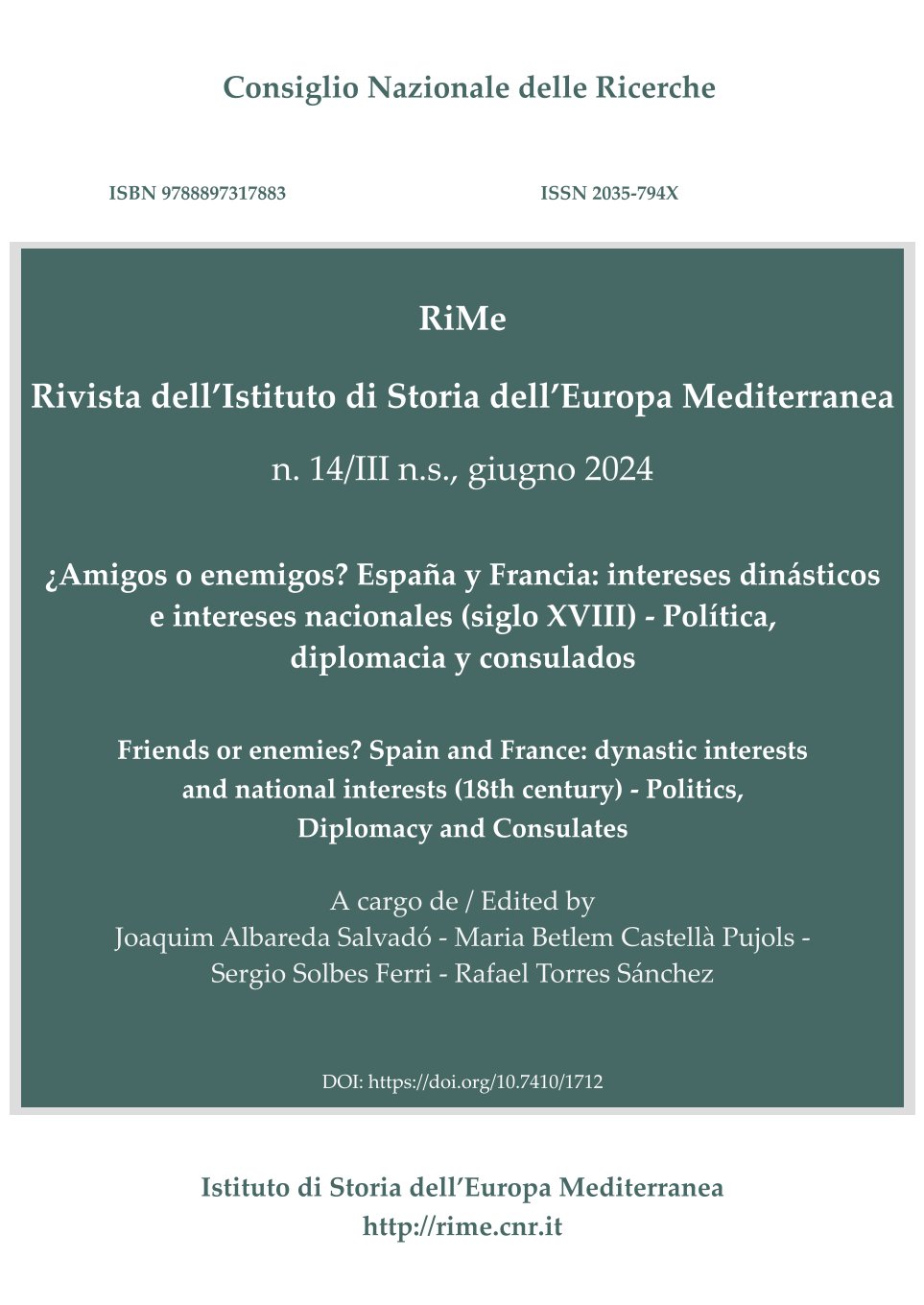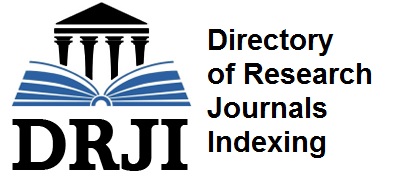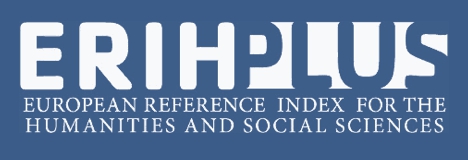Pedagogía del castigo en el Reino de Valencia. Actuaciones punitivas de las dos coronas en un contexto de revuelta incipiente
Pedagogy of punishment in the Kingdom of Valencia. Punitive actcions of the two crowns in a context of incipient revolt
Abstract
In 1705, the Austrian uprising in the Kingdom of Valencia highlighted the Bourbon military’s inability to quell internal rebellions and its dependence on using rigor as the main tool of social control. This study examines the coercive mechanisms used in Valencia during the initial phase of the war by the forces of Philip V, as well as the punitive measures carried out in the urban centers between 1705 and 1706. It delves into the military perception of the repression as the most effective method to subdue popularions and, at the same time, it explores how the idea of eliminating the Valencian furs was politically introduced to begin political assimilation to the King of Castile.
En 1705, el alzamiento austriacista en el Reino de Valencia destaco la incapacidad militar borbònica para sufocar rebeliones internes y su dependència a usar el rigor como principal herramienta de control social. Este estudio examina los mecanismes coercitives empleades en Valencia durante la fase inicial de la guerra por parte de las fuerzas de Felipe V, así como las medidas punitives llevadas a cabo en los núcleos urbanos entre 1705 y 1706. Se profundiza en la percepción militar de la represión como el método más efectivo para someter a las poblaciones y, al mismo tiempo, se explora cómo se introdujo políticamente la idea de eliminar los fueros valencianos para iniciar la asimilación política al Reino de Castilla.

This work is licensed under a Creative Commons Attribution-NonCommercial 4.0 International License.
Authors who publish with this Journal agree to the following terms:
Authors retain copyright and grant the Journal right of first publication with the work simultaneously licensed under a Creative Commons Attribution-NonCommercial 4.0 International License.
This Journal permits and encourages authors to post items submitted to the Journal on personal websites or institutional repositories both prior to and after publication, while providing bibliographic details that credit, if applicable, its publication in this Journal.

















